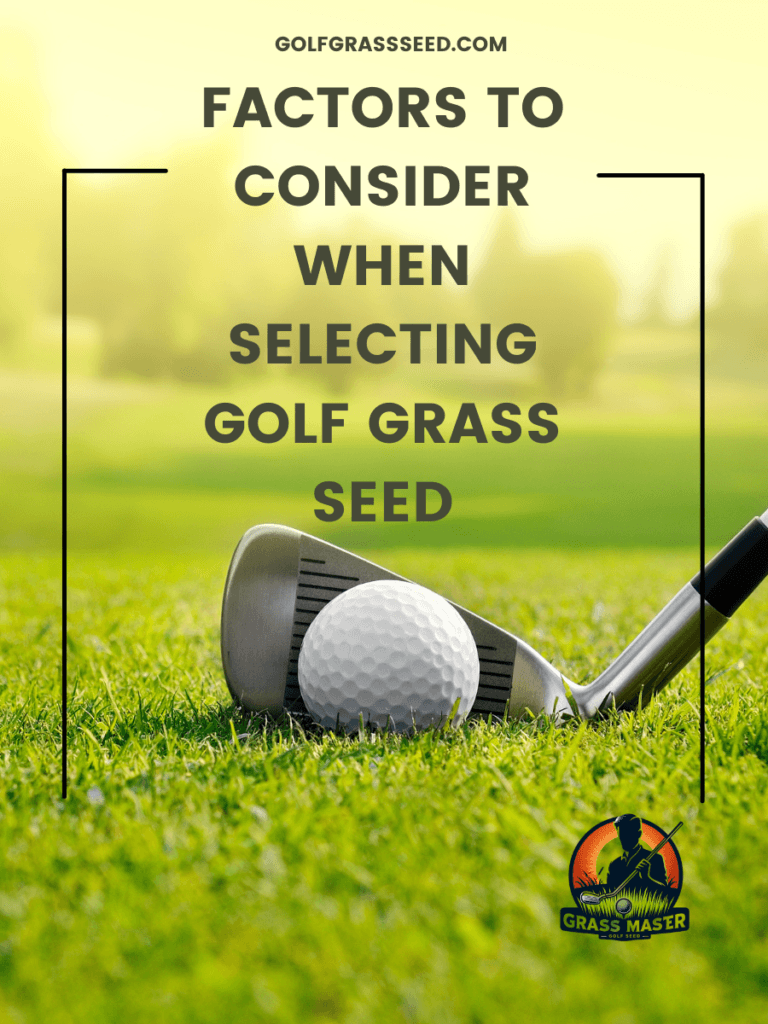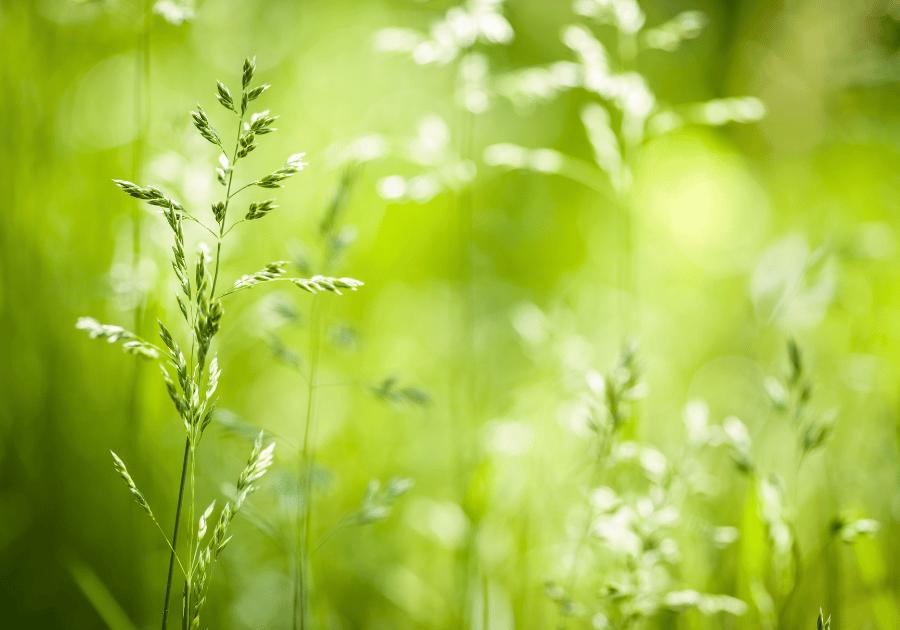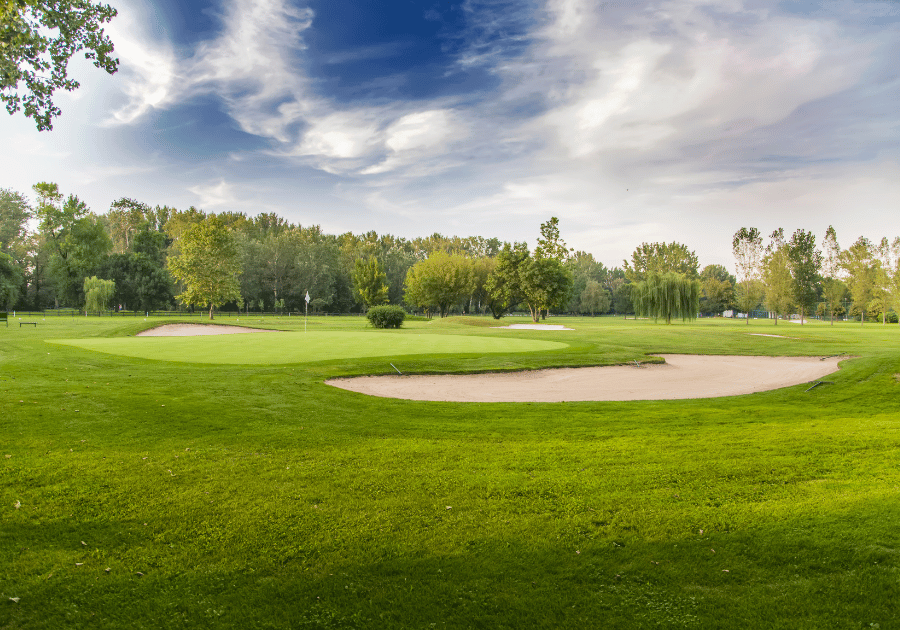I’m going to let you in on a little secret: the lush, impeccable turf you see at golf courses doesn’t happen by accident. There’s a science and an art to selecting the perfect golf grass seed that turns a good golf experience into a great one. This isn’t just about aesthetics; it’s also about playability and the overall health of the turf.
So, what are the heavy hitters in the grass seed lineup? You’re going to find out about Bermuda, Fescue, Bentgrass, and more. Each of these brings their unique strengths to the course, whether it’s the velvety greens coveted by golfers or the rugged resilience needed in the rough.

Now, why does root depth matter? Because it goes hand in hand with the durability of your turf. Grass types with deeper root systems typically can better withstand drought and heavy foot traffic, which is paramount for a sport that quite literally walks all over its playing surface. In my opinion, when you select a grass seed that establishes deep roots, you’re investing in the longevity and performance of your golf course.
As we dive into the crux of the matter, remember these foundational insights; they’re the bedrock upon which you’ll build your decision-making in the next section. Weighing factors like climate adaptation and upkeep requirements is critical, and that’s going to include how the grass responds to local conditions and the kind of maintenance regimen you’re prepared to commit to. Get ready to turn these fundamentals into actionable criteria for selecting your ideal golf grass seed.
Key Factors for Selecting the Right Golf Grass Seed

Choosing the right grass seed for a golf course can be akin to a strategic game of golf itself – it requires thoughtfulness, an understanding of the playing field, and precision. This isn’t just about aesthetics; it’s also about the playability and durability of the greens. I’m going to break down the complexities into manageable insights that you can use to make the best decision for your course.
Consider the climate first. Golf grass needs to thrive under the specific conditions of your region. Warm-season grasses like Bermuda and Zoysia are champion performers in the heat, while cool-season varieties such as Kentucky Bluegrass and Bentgrass prefer milder temperatures. It’s crucial to choose a type that won’t just survive but will flourish in your local weather patterns.
Next, let’s talk about maintenance. Some grasses demand constant care — frequent mowing, generous watering, and regular fertilizing rituals. Others are more laid-back, asking less of your time and resources. Understanding the maintenance requirements of each grass type can prevent future headaches and ensure that your course remains in peak condition without unnecessary expenditure.
Resistance to pests and diseases is another critical factor. Diseases like dollar spot, brown patch, or pests such as grubs can wreak havoc on a golf course. Select grass varieties that stand up to these challenges, staying verdant and vigorous throughout the seasons.
Don’t overlook traffic tolerance. Golf courses naturally see a lot of foot traffic, and the grass needs to withstand this constant trampling. Choosing grass with high traffic tolerance for tees and fairways ensures that your course remains playable and visually appealing even under stress.
Lastly, budget matters. Quality grass seed is an investment, but it shouldn’t break the bank. You’ve got to find a balance between a grass seed that meets your requirements and what you’re willing to spend on upkeep. It’s a bit like selecting the right club for a difficult shot — the more informed you are, the better your choice will be.
Remember, your initial selection of grass seed sets the stage for the ongoing story of your golf course. It’s important to approach this decision with as much information and expert advice as possible. You can always adjust your approach down the road, but getting it right from the onset puts you on the fairway to success.
Implementing Your Choice and Maintaining Golf Course Excellence

Once you’ve picked the perfect golf grass seed for your golf course, the next step is to get your hands dirty – quite literally. Proper seedbed preparation can’t be overstated. A well-prepared soil leads to strong turf roots, and I’m talking about creating just the right environment for those grass seeds to flourish.
But choose something that resonates with you when crafting maintenance routines. There’s no one-size-fits-all; your golf course is unique, and so should your care strategy be. Whether it’s Bermuda or Bentgrass, each type demands specific mowing heights, watering habits, and nutrition plans.
A robust turf isn’t just about what happens on the surface. It’s also about what goes on beneath. Regular aeration, the process of perforating the soil to allow air and water to penetrate built-up grass or lawn thatch, will keep your turf healthy. And don’t forget about overseeding to fill in those bare patches and topdressing to give your existing turf an extra boost of soil and nutrients.
Adapting to new trends can be as important as sticking to tried-and-tested methods. Sustainability is massive right now – from water conservation efforts to eco-friendly pest management. Integrating new technologies might just be the game-changer you need to stay ahead.
Your turf is a living, breathing entity that needs constant attention. Monitor your course conditions, watch how players interact with the grass, and adjust your approach as needed. Put simply, it’s not just choosing the right seed, but also nurturing it in the best possible way that’s going to keep your golf course a cut above the rest.
